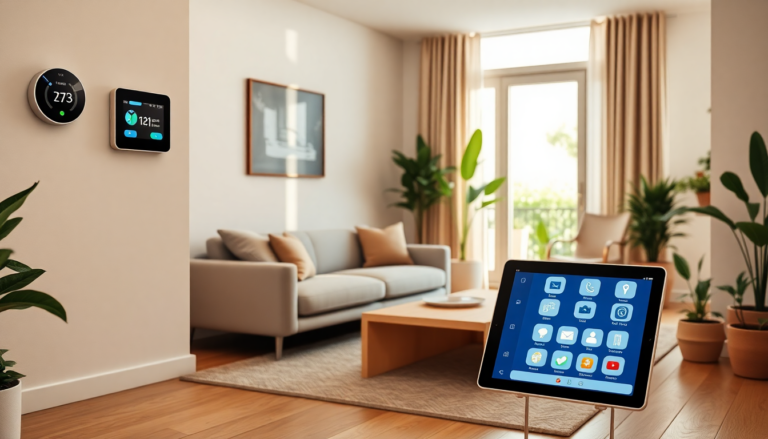Argomenti trattati
As technology keeps advancing, our homes are transforming into hubs of intelligence and connectivity. Have you ever marveled at how smart thermostats learn your heating preferences or how video doorbells keep you updated in real-time? The Internet of Things (IoT) is truly changing the way we experience daily life. However, every new device we welcome into our homes can also introduce potential vulnerabilities to our networks. So, how do we protect our privacy and secure our digital lives amidst this technological revolution? Understanding the importance of securing these devices has never been more critical.
The vulnerabilities of the connected home
Think of your home network as a well-guarded fortress, with each smart device acting as a window or door. While these connected gadgets bring incredible convenience, they can also open up your home to cyber threats if they’re not properly secured. For instance, smart refrigerators, security cameras, and even smart plugs can create pathways for malware or hackers to invade your network, putting your personal data and privacy at risk. The stakes are high—ensuring your entire smart ecosystem is fortified against potential breaches is essential.
Research shows that most IoT devices come with weak security features, making them prime targets for exploitation. Cybercriminals are getting smarter and often aim for homes with inadequate security measures. Without the right safeguards, you might find yourself unwittingly sharing sensitive information or giving unauthorized access to your personal life. So, what can you do to proactively protect yourself and your smart home?
Essential security measures for smart homes
To keep your smart home secure, consider implementing these practical strategies:
- Change default passwords: Many IoT devices ship with factory-set passwords that hackers can easily guess. Make sure to create strong, unique passwords for each device and change them regularly to bolster security.
- Keep software updated: Manufacturers frequently release updates to fix vulnerabilities and enhance security. Regularly check for and install updates on your devices to stay protected against potential threats.
- Utilize a separate network: Setting up a dedicated network for your smart devices can help isolate them from your main home network. This added layer of separation can significantly lower the risk of unauthorized access.
- Enable two-factor authentication: Whenever possible, turn on two-factor authentication for your smart devices and accounts. This extra layer of security can deter unauthorized access and provide you with peace of mind.
- Be cautious with third-party applications: While many devices have companion apps that enhance functionality, ensure they come from reputable sources. Steer clear of unverified apps that could compromise your device’s security.
Conclusion: Embrace smart living with caution
There’s no denying the convenience that smart home technology offers, but it’s crucial to stay alert about security. By taking the necessary precautions, you can safeguard not only your devices but also your entire home network and personal privacy. As we navigate the exciting future of connected living, let’s prioritize security to ensure our homes remain safe havens in an increasingly digital world.

